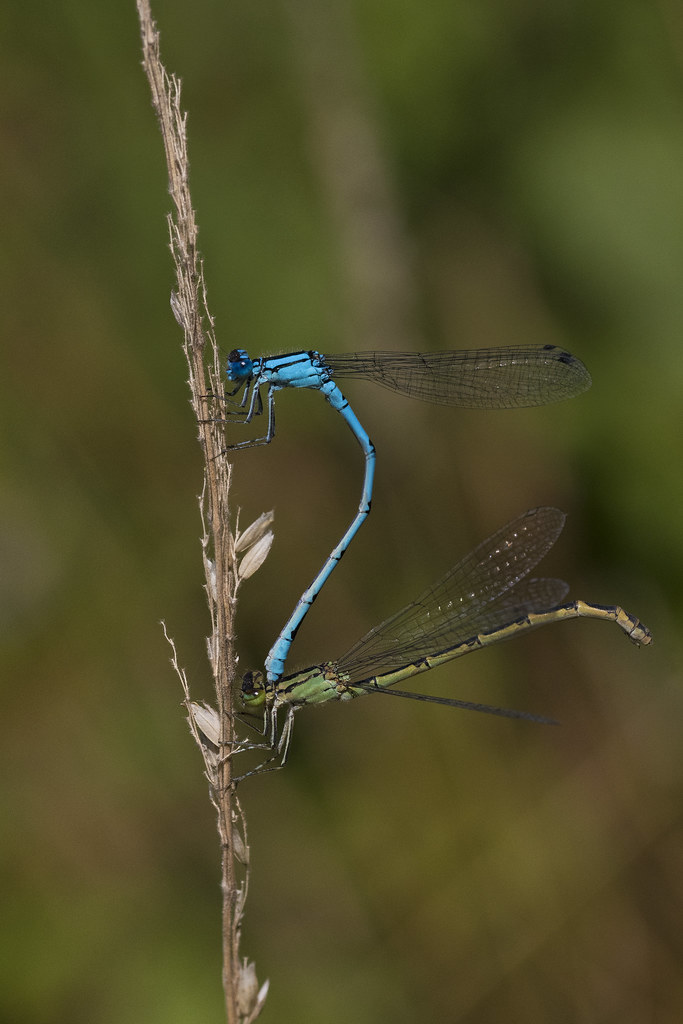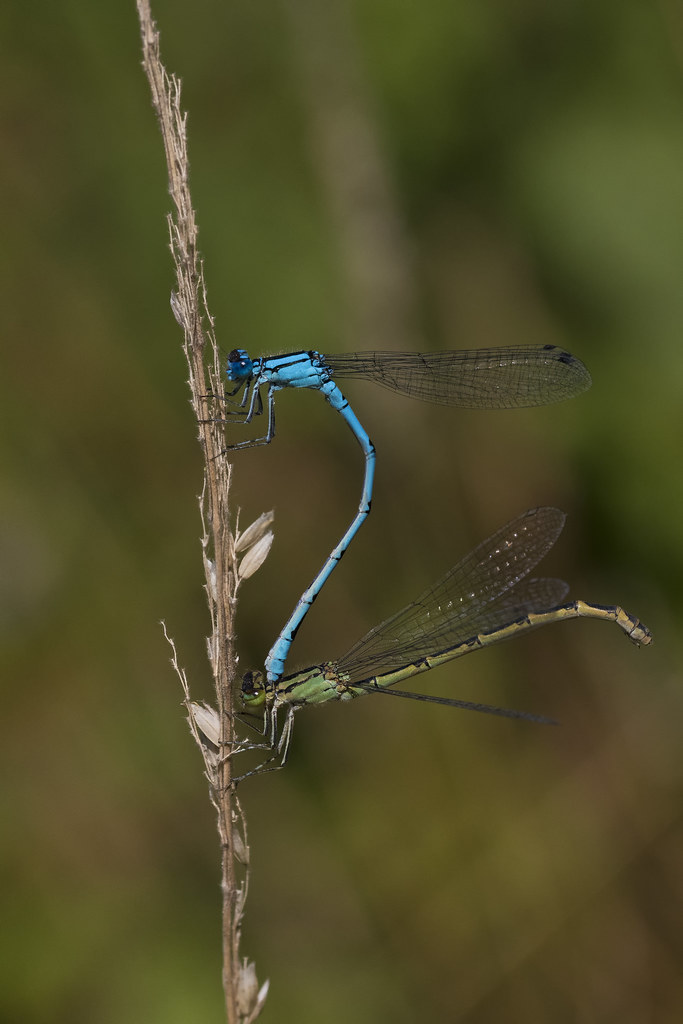GarethB
Likes to peek
- Messages
- 2,291
- Name
- I don't even know anymore!
- Edit My Images
- Yes
Hello folks!
I am fairly new to insect macro photography (been doing it for a couple of months now), and I'm enjoying my journey immensely so far.
I've been avidly watching all the recent threads over in the critique boards, and I'm hugely impressed and inspired by the incredible images produced by so many of the talented photographers here!
I am wondering if I may pick some brains as to what post processing techniques you use?
I have seen some amazingly clean images some of which were shot on similar equipment to what I own, with similar settings, so I'm curious what your secrets are!
(Naturally I completely understand if there is anyone who wishes not to divulge their secrets! )
)
For the record, my primary equipment/software is:

I usually roughly aim for these settings: (all dependant on ambient light etc)
My workflow is generally as follows:
The last step might be somewhat contentious!
I tend to spend an awful lot of time painstakingly selecting/masking the insect so that the noise reduction doesn't affect it, and thence it isn't softened.
I have even resorted to zooming in to 400% and using a tiny (pixel or two sized) brush, masking individual hairs!!
It's the only way I know to how achieve the clean(ish) background look I'm after....it's not perfect of course, and I suppose I shouldn't be 'extreme-pixel-peeping'
I've been reasonably happy with the results, and I fully accept and embrace the limitations of my gear viz-a-viz aps-c sensor size/noise etc., but just wondered if someone with much more skill/experience wouldn't mind advising me on anything glaring I'm doing wrong, or a better way to do something with the equipment that I have.
Here is an example image before and after noise reduction - it's a two shot manually stacked image - best viewed on Flickr:
#1 without selective noise reduction

macro damselfly test 1 by Gareth Bellamy, on Flickr
#2 with selective noise reduction

macro damselfly test 2 by Gareth Bellamy, on Flickr
Both were shot with 1/3200th - f/8 - ISO800
I know I should have dropped my shutter speed to get the ISO lower, but at the time I was wandering around in quite dense bushes and so was darker - it just so happened that these two damselflies were in open, bright sunlight, and my muscle memory is tuned for shutter speed/aperture adjustments and not ISO!
(I suppose there is a lesson there already!)
Am I being too fussy?
Is the first (slightly noisier) image acceptable?
Should I just be happy with my results and stop pixel peeping?
Many thanks for looking folks, I look forward to learning from all you good peeps!!
(Sorry about the overly wordy nature of this post!)
I am fairly new to insect macro photography (been doing it for a couple of months now), and I'm enjoying my journey immensely so far.
I've been avidly watching all the recent threads over in the critique boards, and I'm hugely impressed and inspired by the incredible images produced by so many of the talented photographers here!
I am wondering if I may pick some brains as to what post processing techniques you use?
I have seen some amazingly clean images some of which were shot on similar equipment to what I own, with similar settings, so I'm curious what your secrets are!
(Naturally I completely understand if there is anyone who wishes not to divulge their secrets!
For the record, my primary equipment/software is:
- Canon 7Dmk2 - which I think is very decent apart from the high ISO noise.
- Sigma 105mm f/2.8 macro - sometimes with extension tubes
- Canon 70-200mm f/4 L IS - occasionally and with tubes
- Yongnuo HSS speedlites - occasionally....light dependant
- Photoshop CS5....quite old but still capable
- Adobe DNG converter - my software predates my camera, so I cannot import RAWs directly into ACR
- Adobe Camera Raw (ACR)
- RawTherapee and DarkTable - occasionally, highly dependent on level of laziness!
- Nik Collection PS plugins - mostly noise reduction
I usually roughly aim for these settings: (all dependant on ambient light etc)
- Shutter speed - usually a minimum 1/320th - most likely higher (factoring for reciprocal rule since I don't have the steadiest of hands)
- Aperture - usually f/8, but sometimes higher depending on required DoF/background/available light etc.
- ISO - 800 to 1000
- Auto WB
My workflow is generally as follows:
- Convert RAWs to DNGs
- Tweaks in ACR to curves/WB/clarity/vibrance/lens profile and sometimes crops
- Push sharpness as far as I dare in ACR....sometimes up to 100 or so!
- Import to photoshop for cleaning/cloning/crop etc.
- Nik Collection - Dfine 2 for noise reduction which I use the selection brush to mask the subject
The last step might be somewhat contentious!
I tend to spend an awful lot of time painstakingly selecting/masking the insect so that the noise reduction doesn't affect it, and thence it isn't softened.
I have even resorted to zooming in to 400% and using a tiny (pixel or two sized) brush, masking individual hairs!!
It's the only way I know to how achieve the clean(ish) background look I'm after....it's not perfect of course, and I suppose I shouldn't be 'extreme-pixel-peeping'
I've been reasonably happy with the results, and I fully accept and embrace the limitations of my gear viz-a-viz aps-c sensor size/noise etc., but just wondered if someone with much more skill/experience wouldn't mind advising me on anything glaring I'm doing wrong, or a better way to do something with the equipment that I have.
Here is an example image before and after noise reduction - it's a two shot manually stacked image - best viewed on Flickr:
#1 without selective noise reduction

macro damselfly test 1 by Gareth Bellamy, on Flickr
#2 with selective noise reduction

macro damselfly test 2 by Gareth Bellamy, on Flickr
Both were shot with 1/3200th - f/8 - ISO800
I know I should have dropped my shutter speed to get the ISO lower, but at the time I was wandering around in quite dense bushes and so was darker - it just so happened that these two damselflies were in open, bright sunlight, and my muscle memory is tuned for shutter speed/aperture adjustments and not ISO!
(I suppose there is a lesson there already!)
Am I being too fussy?
Is the first (slightly noisier) image acceptable?
Should I just be happy with my results and stop pixel peeping?
Many thanks for looking folks, I look forward to learning from all you good peeps!!
(Sorry about the overly wordy nature of this post!)
Last edited:

